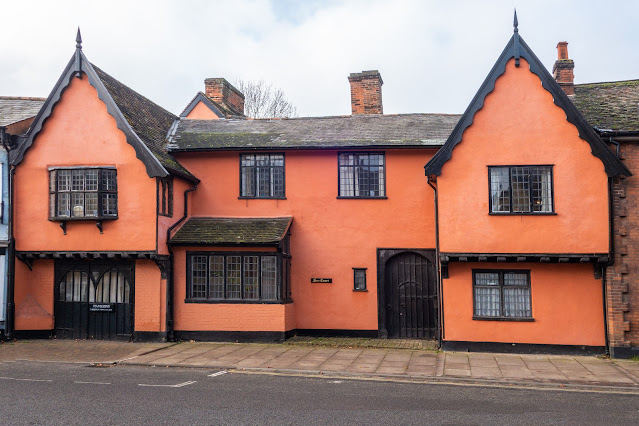Hadleigh, Bridge Street & Corks Lane - listed buildings

This is the second in my series based on listed houses in Hadleigh. This particular post is going to focus on properties in the the short road at the end of the High Street - Bridge Street and Corks Lane. As with my previous Blog posts, the technical description of the property is taken from Historic England or Heritage.Suffolk.Gov sites. Front and side view of No 1 Bridge Street. This property was built around the C17 with red brick front added later. Walking around the side, the surprise is the timbered section, as shown in the above photo. It has two storeys with a three windows format and a tiled roof. Many of the Hadleigh properties have exposed timber structures visible, once you move to the sides and backs - not always possible I am afraid. No 11 / 13 (on the left) and No 15 Bridge Street. This lovely building is a two storey timber framed building and is now plastered. It has cross wings on the northwest and southeast, with projecting upper storeys on the front. Little altered...
